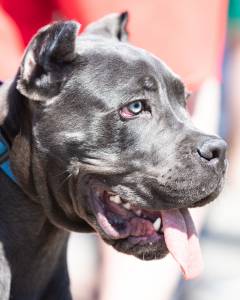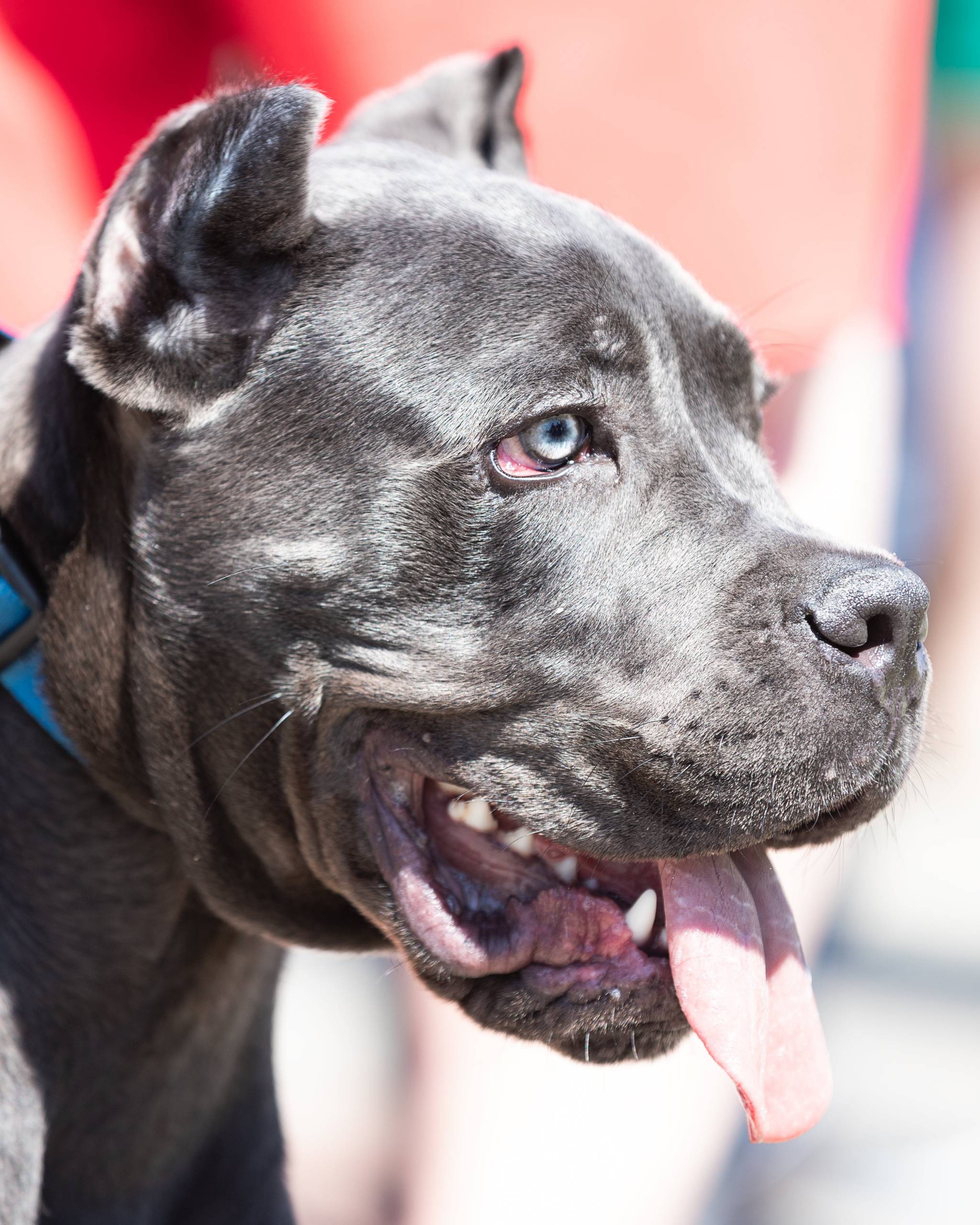
Mange is a skin infestation caused by mites, microscopic parasites that can take up residence on a dog’s skin. These mites can be transmitted through direct contact with an infected animal, contaminated bedding, or shared living spaces. The two most common types of mange in dogs are Sarcoptic mange and Demodectic mange. Sarcoptic mange, also known as canine scabies, is highly contagious and can spread rapidly through direct contact with an infected dog. Demodectic mange, on the other hand, is caused by mites that are normally present in small numbers on the skin of healthy dogs. However, when a dog’s immune system is compromised, these mites can multiply and cause skin issues.
Dogs with mange often display a range of distressing symptoms. These may include intense itching, hair loss, redness, and skin irritation. In severe cases, dogs can also develop crusty sores and secondary bacterial infections. The incessant itching can lead to self-trauma, causing further damage to the skin and making the condition even more unbearable for our canine friends. Additionally, the emotional toll on the dog can be significant, as the constant discomfort can lead to anxiety and stress.
When a dog is diagnosed with mange, it’s crucial to seek veterinary care promptly. A veterinarian will perform tests to confirm the presence of mites and identify the type of mange affecting the dog. Treatment for mange typically involves medications such as topical ointments, medicated shampoos, or oral medications to eliminate the mites and alleviate the associated symptoms. In severe cases, additional supportive care may be necessary to manage secondary infections and promote healing.
As dog owners, witnessing our pets struggle with mange can be distressing. It’s important to provide our furry companions with the care and support they need during this challenging time. Alongside veterinary treatment, creating a comfortable environment for our dogs is essential. This includes regularly cleaning their living spaces and bedding to prevent reinfestation and minimize discomfort. Additionally, ensuring our dogs receive a balanced diet and maintaining their overall health can support their immune system in fighting off the infestation.
Preventing mange in dogs involves taking proactive measures to minimize their exposure to mites. This includes avoiding contact with animals that have visible signs of mange, regularly cleaning and disinfecting living areas, and keeping our dogs’ immune systems strong through a nutritious diet and regular veterinary check-ups. By being vigilant and attentive to our dogs’ well-being, we can help reduce the risk of mange and other skin issues.
In conclusion, understanding how dogs contract mange and recognizing the symptoms is crucial for providing our pets with the care they need. If you suspect that your dog may have mange, seeking veterinary advice promptly is essential. With proper treatment and supportive care, dogs can recover from mange and return to their happy, healthy selves. As responsible dog owners, our compassion and commitment to our pets’ well-being can make a tremendous difference in their journey to recovery from mange.[/fusion_text]

